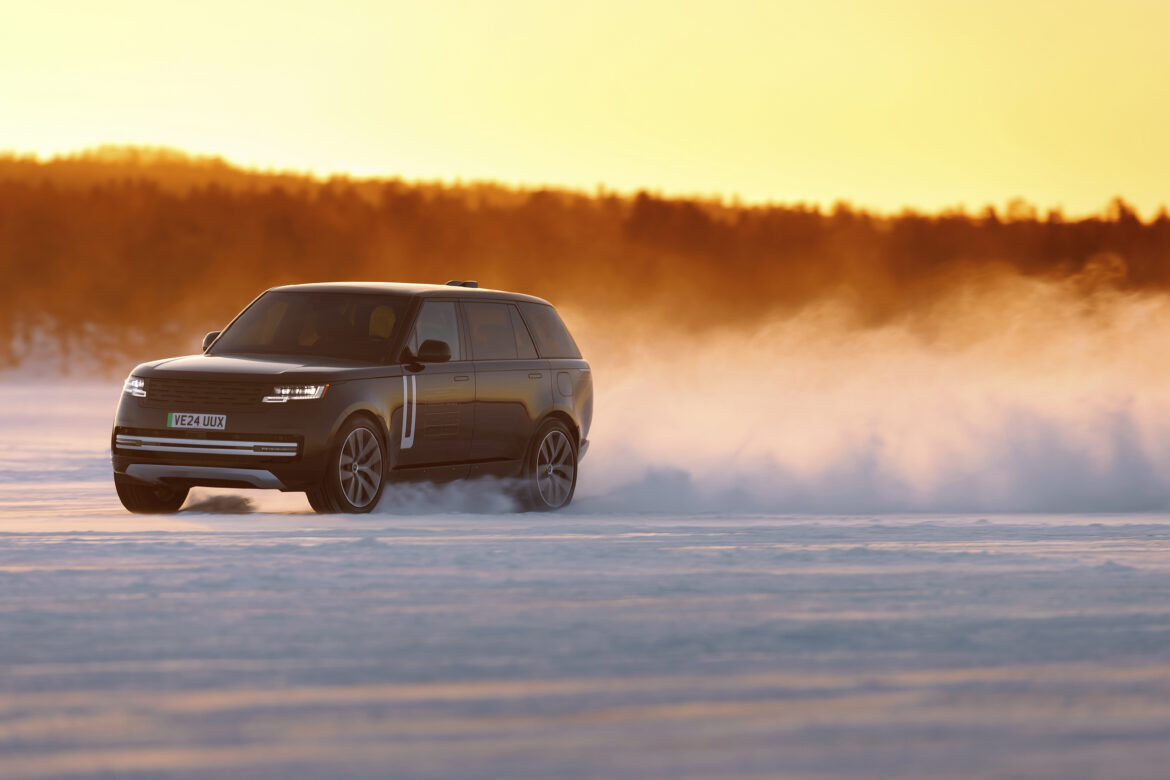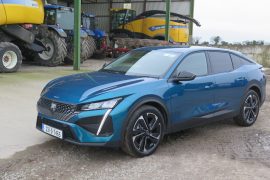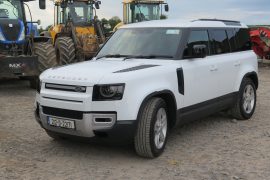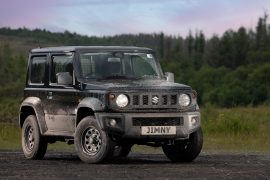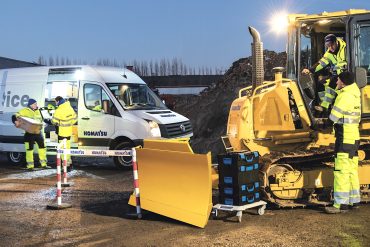Committed to preserving its peerless product DNA, Range Rover claims to redefine what an electric luxury SUV can be in pursuit of creating an unrivalled driving experience true to its name. Advancing this mission forward, Range Rover Electric prototypes have completed a second successful season of testing and development in the sub-zero conditions of the Arctic Circle.
Enduring up to 45,000 miles of accumulated testing across frozen lakes and land tracks, the latest winter season in northern Europe has allowed engineers to put Range Rover Electric’s advanced thermal management system through a demanding testing schedule. The frozen lake tracks also provided invaluable testing conditions for dynamics, including single pedal driving capability and switchable, twin-chamber air-suspension.
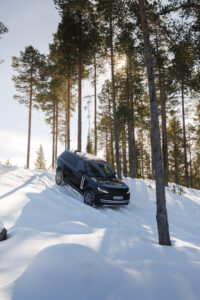
A key part of the latest development phase in Arjeplog, Sweden, has been for engineers to validate Range Rover Electric’s new ThermAssistTM technology. The advanced on-board thermal management system reduces heating energy consumption by up to 40 per cent and aims to recover heat to warm the propulsion system or cabin in ambient temperatures as low as -10C.
The advanced heat management technology ensures Range Rover Electric delivers optimised driving range, even in the coldest temperatures. It also minimises the impact of extreme temperatures on charging performance, reassuring clients that when they plug the vehicle in, charging capability is preserved. Occupants also benefit from a consistently warm cabin, despite the exterior chill.
The high-voltage 800V battery is the first one to be designed and built in-house at JLR – optimised for energy density, range and charging times. Engineered to provide the kind of effortless performance and customary refinement expected of a Range Rover, the definitive electric luxury SUV benefits from cell-to-pack architecture providing the best possible performance. Range Rover Electric’s 117kWh battery is fully encased and smartly packaged, consisting of 344 prismatic cells in a double-stacked layout.
All-terrain capability and refinement are core elements of the Range Rover experience and that will continue with electric propulsion, with the implementation of advanced technologies including single pedal driving and switchable, twin-chamber air suspension.
Effortless, with a sense of power in reserve, Range Rover Electric takes single pedal driving to an advanced new level. In addition to slowing the vehicle and delivering charge into the battery from regenerative braking, it is also tuned to work with Terrain Response. Single pedal driving will bring the vehicle to a complete stop and will engage Hill Hold, enabling the driver to move off again without having touched the brakes at any point. Distinguishing Range Rover Electric’s single-pedal capabilities is the ability to do this across extreme terrain, as Range Rover engineers tested its capability on both 28-degree and 17-degree split mu inclines at the Arctic test facility.

